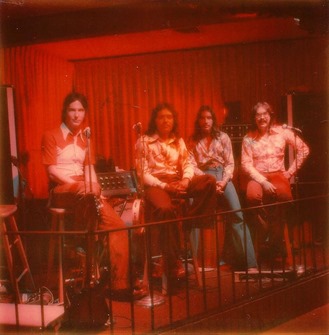Today’s First Page Critique is called REBORN. My comments follow. Enjoy.
Back arched, pointed ears swept backwards, Archenon knelt before the High Queen in the Great Hall of Êvina.
“Please—I beg you. Let me go.” An intricate braid of ebony hair lay heavy along his spine. The piece of parchment crunched between his hands, folded and read so many times that it had begun to crumble.
The High Queen of Aradria, his mentor Rhonja, looked down on him. “You know I can not.” She smoothed out a fold on her silky dress, which was fitted to perfection. It hugged her slender form, mirroring the blinding hall in its purity. Her hair, shining like starlight, wafted about her shoulders.
His imploring emerald eyes met hers from the bottom of the crescent staircase leading up to the white throne. A vast mosaic of Her Majesty’s Royal Crest lay fixed in the wall behind her—four petals aligned to the cardinal points held each other under the protection of a circle representing Spirit, the High Queen’s element.
Archenon swallowed hard. “I have given you my life, and now the last tie to my heritage is to be torn away. Is there nothing I can say to make you change your mind? I want to see my mother one final time.”
Rhonja had never reciprocated Archenon’s feelings, but he thought she cared for him enough to allow this one request. She was the epitome of hope for her subjects, yet she would crush his.
“You do care for me, don’t you?” he asked.
“Of course. I treasure you,” she replied, her brilliant gaze a calm ocean at twilight. But her words were scant comfort.
Shafts of light pierced between the half-drawn purple drapes hanging over the arched windows. Elegant pillars of creatures, cunningly carved, held up the vaulted ceiling. Gryphons, mermians, dragons, elves and other beings stared at him with marble eyes. It was as if they fought to keep the very building from crashing down on him. More than ever, the immensity of the white hall felt intrusive and distinctly foreign.
Archenon was afraid he would never belong anywhere. Not here, in this land where the trees were few and the ocean lapped around every edge of the border. Not even in his first home, deep in the woods of Elfen Harrows, in the realm of fire. Not an easy thing for an elf to admit, and he shivered with a sudden fear.
—————————-
I have great admiration for anyone who writes science fiction and fantasy. The author of these genres takes on an additional burden that the rest of us rarely do—world building. While the rest of us write about a world that we all know, sci-fi and fantasy worlds usually have a whole new set of rules.
Not only does the author have to lay out the rules and landscape, but it must be done right up front—at least within the first chapter or so. AND the author must identify the protagonist, possible antagonist, conflict, fear, story question, and the hero’s “need” at the same time.
Overall, this first-page submission accomplishes those tasks. I’m not saying it’s ready for prime time, only that all the ingredients are there. Even though it reads like a first draft, it kept my interest, and I would certainly read on.
There is a fine line between underwriting and overwriting. Underwriting drops the reader into a scene and advances forward with little or no delay (Jim Bell’s “Act first, explain later”). Overwriting drops readers into a scene and bounces them around like a pinball. In the case of this submission, I feel the scene was overwritten. The writer is trying to cover as much world building as possible in a page or two. But this is the burden I mentioned before. And the skill to do so must be acquired. Bottom line: it’s hard. What this sample needs is just a good, clean rewrite to smooth things out. That should not be a problem. Here are the ingredients that I found in the first page, and why I think this is a good effort.
Protagonist: Archenon
Possible antagonist: Rhonja
Conflict: Rhonja will not let Archenon “go”.
Fear: Archenon is afraid he would never belong anywhere.
Story question: Will he be able to see his mother again.
Need: Escape.
That’s my take on REBORN having only read one page. Tell us what you think. Would you read on? Thanks to this brave writer for submitting to our Thursday First Page Critique.



